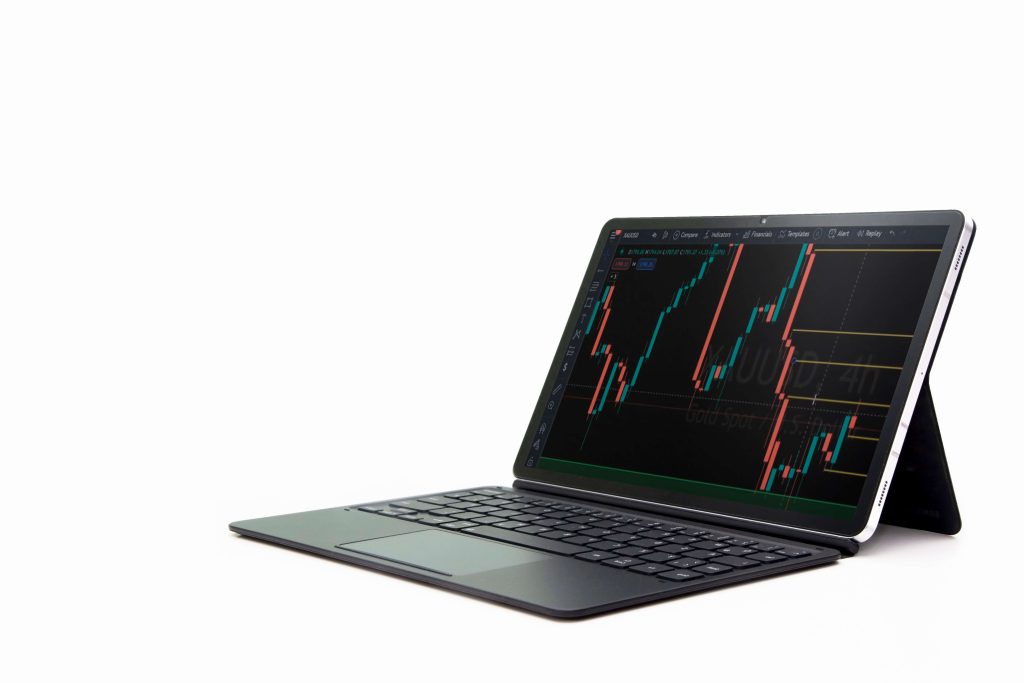
If you go back 30 years, it’s incredible to think that the global forex market was largely driven by trades that were conducted over the telephone.
What’s more, these were carried out by institutional investors, while pricing information remained opaque and there remained a clear distinction between interdealer and dealer-customer trading.
The market has changed beyond all recognition through the digital age, however, with trades now conducted almost exclusively online and retail trading now a key driver of a market that’s worth in excess of $2.409 quadrillion.
A more drastic market shift has occurred with the emergence of algorithmic trading, but what exactly does this describe and what’s the precise technology behind it? Let’s find out!
A Brief Introduction to Forex Trading
More than $6.6 trillion is invested globally in the forex market every single day, across 170 currencies that are traded in pairs (such as EUR/USD).
In this particular example, the EUR is classed as the ‘base’ currency, while the USD is referred to as the ‘quote’ currency.
In this instance, the price afforded will determine how many US dollars you can buy for a predetermined amount of Euros, with real-time values governed by a free-floating exchange rate that’s subject to supply, demand and a broad range of macroeconomic factors.
There are numerous vehicles through which you can trade forex, with spread betting vs CFD trading one of the key considerations facing investors when they get started. These vehicles enable you to trade forex and specific currency pairs without assuming ownership of the underlying financial instruments, creating the opportunity to sell (or go short) and profit even as prices contract.
The speculative nature of forex trading has also created popular strategies such as scalping and day trading.
These entities require investors to leverage small but incremental profits through a high volume of trades that can last for seconds or hours, with no positions kept open overnight at all.
Getting Started with Algorithmic Trading
Strategies such as scalping and day trading rely on executing a high frequency of short-term orders, which explains why so many traders have leveraged technology and automated trading optimise their profitability.
It’s thought that around 90% of forex traders have now integrated automation into their existing strategies, primarily in the form of so-called “forex robots” and specific FX trading algorithms.
In general terms, an algorithm is software-based and describes a specific set of rules that are designed to carry out a particular task. In the case of forex market trading, algorithms are developed and deployed to execute individual trades, according to rules that are set pertaining to price, timing and quantity.
Theoretically, you can leverage FX algorithms to engage in high-frequency trading and execute a huge volume of orders, potentially maximising the returns garnered through scalping in the process.
Currently, there are four basic types of algorithmic trading available to forex traders within the financial marketplace. These include:
- #1. Statistical: This describes an algorithmic trading strategy that seeks to identify profitable orders on the basis of detailed statistical analysis. This is deployed across historical time series datasets, within differing timeframes depending on your wider strategy, outlook and chosen currency pairs.
- #2. Auto-Hedging: With this strategy, auto-hedging algorithms include rules that are designed to reduce each individual trader’s exposure to risk. This is a popular option among so-called risk-averse traders, whose main aim is to minimise loss and achieve incremental gains over time.
- #3. Algorithmic Execution: This type of algorithmic strategy has been designed to execute a predefined and predetermined objective, whether you want to reduce market impact or execute a trade quickly. This strategy offers flexibility to forex traders, while enabling them to react effectively to market conditions as they fluctuate.
- #4. Direct Market Access: This describes the optimal speeds and lower costs associated with subsets of algorithmic trading, particularly when they look to access and connect with multiple brokerage sites at once. In this respect, algorithmic trading can help to reduce trading costs and benefit high-frequency traders.
The Last Word
The notion of high-frequency trading is one of the most interesting results of forex algorithms, with this potentially offering incredible advantages to traders who want to execute multiple and simultaneous orders within milliseconds of an incremental price shift without compromising on accuracy or outcome.
Broadly speaking, however, algorithmic trading has helped to create a more rewarding and transparent marketplace, while making lucrative strategies such as scalping and day trading far more accessible to retail traders across the globe.
It can also deliver immense advantages in terms of speed and accuracy, by further eliminating the risk posed by human error and establishing trades that are governed by predetermined rules.










